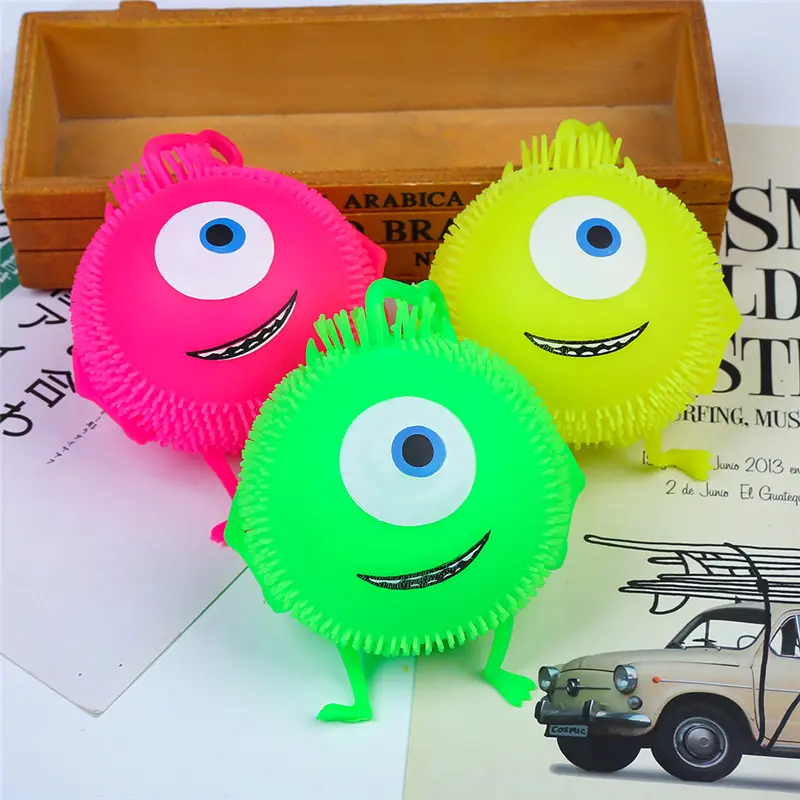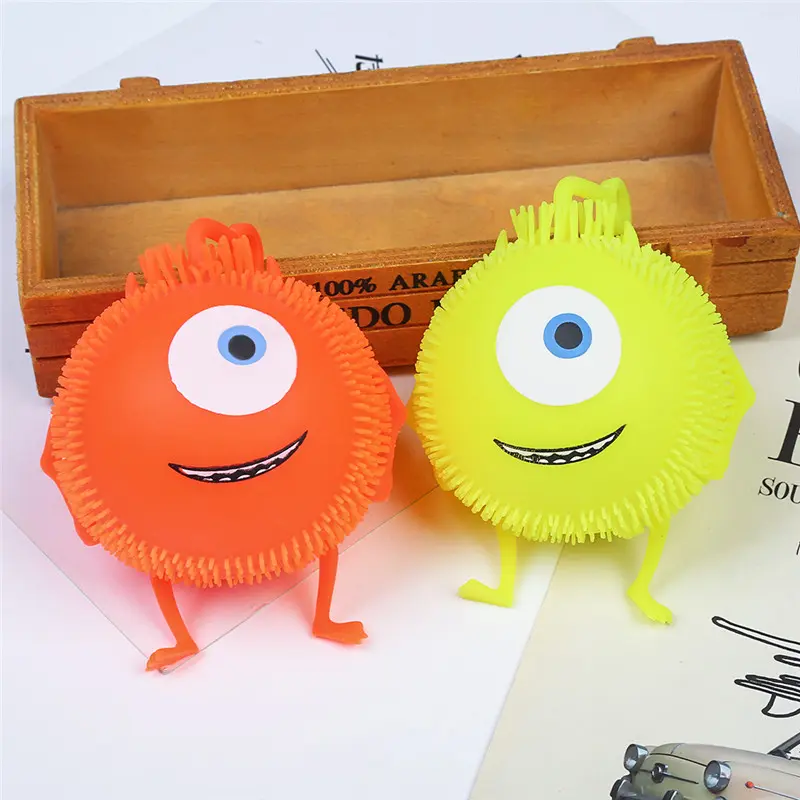Detailed explanation of the specific requirements of FDA registration for non-food contact toys
Introduction
In today’s global market, the toy industry is highly competitive. Especially for independent children’s toy sites that focus on international wholesale buyers, it is crucial to understand and comply with the regulations of the target market. As one of the world’s largest toy consumer markets, the registration requirements of the Food and Drug Administration (FDA) of the United States have always been the focus of toy exporters. Although the FDA mainly regulates products such as food, drugs, and medical devices, there are also clear registration and related requirements for some special toys, especially toys that may contact or simulate food. This article will explore in depth the specific requirements of FDA registration for non-food contact toys to help toy exporters enter the US market smoothly.
I. FDA and its regulatory scope
FDA Introduction: The U.S. Food and Drug Administration (FDA) is an important agency of the U.S. federal government responsible for protecting public health and ensuring the safety and effectiveness of products such as food, drugs, medical devices, and cosmetics.
Regulatory scope: Generally speaking, the FDA mainly regulates products directly related to food and drugs, such as food additives, drugs, and medical devices. For toys, unless they are toys that come into contact with food or have special properties, such as toys containing food simulants, lipstick toys, etc., generally non-food contact toys are mainly regulated by the U.S. Consumer Product Safety Commission (CPSC) and must comply with the Consumer Product Safety Improvement Act (CPSIA) and other relevant regulations.
2. General requirements for FDA registration of non-food contact toys
Company registration: Although the FDA does not require all toy companies to register, if the toys belong to special categories under the FDA’s supervision, such as containing food simulants or parts that may come into contact with food, the company needs to register with the FDA. Registration requires providing basic company information, including company name, address, contact information, etc., and appointing a U.S. agent to be responsible for communication and coordination with the FDA.
Product labeling and identification:
Basic information: Toy products must have clear and accurate labels, indicating basic information such as product name, model, manufacturer name and address, production date or batch number, etc., for easy tracking and identification.
Warning label: According to the characteristics and potential risks of the toy, the corresponding warning words must be marked on the label. For example, for small toys, warnings such as “Not suitable for children under 3 years old, there is a risk of choking” must be marked; for toys with sharp parts, warnings such as “Be careful of sharp parts, avoid injury” must be marked. These warning signs should comply with relevant US regulations and standards, such as the Federal Regulations 16CFR 1500.
3. Materials and safety requirements for non-food contact toys
Material safety:
Non-toxic materials: The materials used in toys must be non-toxic and cannot contain substances that are harmful to children’s health, such as heavy metals such as lead, cadmium, and mercury, and harmful chemicals such as bisphenol A (BPA). The FDA has strict limit standards for the content of harmful substances in toy materials. For example, according to the Federal Regulations 16CFR 1303, the lead content in the surface coating of toys shall not exceed 90ppm (0.009% of dry weight).
Flammability test: Toy materials must undergo flammability testing to ensure that they are not easy to burn to prevent fire accidents. According to the Federal Hazardous Substances Regulation (FHSA) 16CFR 1500.3 (C) (6) (VI), non-textile materials used in toys cannot be flammable, and textiles must also comply with the requirements of 16CFR 1610.
Small parts and choking risks: Non-food contact toys also need to consider the choking risks posed by small parts. The design and manufacture of toys should ensure that their small parts are not easy to fall off or damage under reasonable use and foreseeable abuse. Toys containing small parts must be tested and certified in accordance with the requirements of the Consumer Product Safety Improvement Act (CPSIA), and corresponding warnings must be marked on the product label.
Physical and mechanical properties: The physical and mechanical properties of toys must also meet safety standards, such as structural stability, smoothness of edges and tips, etc. Toys should not have sharp edges or tips to prevent children from getting injured during play; at the same time, the structure of the toy should be able to withstand a certain weight and usage strength, and will not easily collapse or be damaged to produce small parts.
4. Testing and certification of non-food contact toys
Third-party testing: For toys intended for children aged 12 and under, even non-food contact toys, third-party testing is required to ensure that they comply with the US Federal Toy Safety Standard (ASTM F963) and other applicable requirements. Test items include material safety, flammability, small parts, physical and mechanical properties, chemical content and other aspects. The test must be conducted by a laboratory approved by the US Consumer Product Safety Commission (CPSC), and the test results will serve as an important basis for product compliance.
Children’s Product Certificate (CPC): After completing third-party testing, companies need to apply for a Children’s Product Certificate (CPC) for toy products based on the test results. CPC is an important document that proves that toy products comply with relevant US safety regulations and standards, including product information, test results, certification agency information, etc. CPC must be provided to wholesale buyers or retailers along with the product and submitted to CPSC or other regulatory agencies when necessary.
5. Special circumstances of FDA registration of non-food contact toys
Toys containing food simulants: If non-food contact toys contain food simulants, such as simulated food and toy candies in toy kitchen sets, such toys may be regulated by the FDA. The FDA requires that the food simulants in these toys must comply with the relevant regulations on food additives and indirect food additives, and their production processes and materials must comply with the FDA’s food safety standards to ensure that even if children accidentally ingest them, they will not cause health hazards.
Special toys such as lipstick toys: Toys such as lipstick toys that directly contact children’s mouths are also subject to FDA supervision. The FDA has strict restrictions on the ingredients of such toys, requiring that their ingredients cannot cause harm to children’s mouths and other parts, and must comply with FDA’s relevant regulations on cosmetics, such as the Federal Food, Drug, and Cosmetic Act (FD&C Act).
6. FDA registration process and precautions
Registration process:
Determine whether the product falls within the scope of FDA supervision: Companies need to carefully analyze the characteristics and functions of the toys to determine whether they belong to the special category regulated by the FDA. If you have any questions, you can consult the FDA or a professional certification agency.
Prepare registration materials: Registration materials include basic information of the company, product information, quality management system documents, etc. Product information should describe the structure, materials, usage methods, applicable age, etc. of the toy in detail, and provide design drafts of product labels and instructions.
Appoint a US agent: If the company is not in the United States, it is necessary to appoint a company or individual registered in the United States as an FDA agent to be responsible for communication and coordination with the FDA.
Submit a registration application: Submit a registration application through the FDA’s online registration system and pay the corresponding registration fee. The registration fee varies according to the category and complexity of the product.
FDA review: FDA reviews the registration materials submitted by the company and may require the company to supplement the information or conduct an on-site inspection if necessary.
Obtain a registration certificate: After the review is passed, the company will obtain an FDA registration certificate, which indicates the company’s registration number and product information. The company can use the registration number on product labels, promotional materials and sales documents.
Notes:
Update registration information in time: If there is any change in the company’s registration information, such as company name, address, product information, etc., the registration information should be updated to the FDA in time to ensure the accuracy and validity of the registration information.
Comply with regulations and standards: Even after completing FDA registration, companies need to continue to pay attention to FDA’s regulations and standards updates and ensure that products always meet the latest requirements. The FDA will conduct random inspections and tests on registered products from time to time. If the product is found to be non-compliant, it will take corresponding measures, such as requiring the company to recall the product, stop selling, etc.
Maintain good communication: Companies should maintain good communication with the FDA, respond to FDA’s inquiries and requests in a timely manner, and cooperate with FDA’s supervision. At the same time, companies can also communicate with the FDA to understand the latest policy dynamics and industry trends, which can provide reference for the company’s production and sales.
7. The importance of FDA registration for non-food contact toy export companies
Market access: For non-food contact toys that fall under FDA supervision, completing FDA registration is a basic requirement for entering the US market. Only through FDA registration can the company’s products be legally sold in the US market, avoiding the risk of being detained, returned or destroyed by customs due to non-compliance with regulatory requirements, and protecting the company’s economic interests.
Enhance competitiveness: The FDA registration certificate is a strong proof of the quality and safety of the company’s products, which can enhance the trust and recognition of international wholesale buyers in the company and improve the company’s competitiveness in the market. When competing with other companies that have not obtained FDA registration, companies with FDA registration certificates have more advantages and are more likely to obtain purchase orders and cooperation opportunities.
Ensure the health and safety of children: FDA registration requires companies to strictly abide by toy safety regulations and standards, and strictly control all aspects from product design, raw material procurement, production and manufacturing to product testing and certification to ensure the quality and safety of toy products. This helps to reduce the harm of toys to children’s health and safety, protect children’s physical and mental health, and is also in line with the company’s own social responsibility and sustainable development concept.
8. Summary
In summary, FDA registration has important significance and specific requirements for non-food contact toys in specific circumstances. Although non-food contact toys are mainly regulated by the CPSC, special types of toys such as those containing food simulants and those in contact with the oral cavity still need to meet the relevant registration requirements of the FDA. Toy export companies should fully understand these requirements and make preparations in advance to ensure that their products comply with FDA regulations and standards in order to successfully enter the US market, expand international business, and achieve sustainable development. In the actual operation process, companies can seek the help of professional certification agencies and legal advisors to ensure the smooth progress of the FDA registration process and reduce compliance risks.
Post time: Jun-23-2025

